Pula, Croatia had been on my bucket list for a while now because of its Amphitheater. Located in the northern district of Istria, this was the perfect conclusion to my love affair with Croatia with a 10-day trip that I took two months prior.
Apart from being an important Roman city in the past, its place by the Adriatic Sea also gives it an amazing coastline and beautiful nature that’s worth exploring. Here, I bring to you a guide to Pula, Croatia.
Contents
Things to do in Pula
Pula Arena

Arguably the gem of the city, this arena might not be as well preserved as the one in Verona or as grand as the Coliseum, with its remaining outer façade gives you a perfect view of the inside of the arena and out the other side through the open arches. This gives an impossibly splendid sea view and the gleaming white limestone structure was built around AD 27 – 68. It stands 29.4 m tall and you can take the best photo of it either at the back up the small hill, or at the front left garden.

It is open for visits, although there isn’t anything inside the Arena that you can’t see on the outside. However, they do have an underground exhibition of ancient olive oil and wine production.


They also host gladiator fights as well as concerts and events that might interfere with their opening times, so it’s best to check the calendar before you visit. We ended up doing a night time visit because there was a show on during the early evenings.
Address: Scalierova ul. 30, 52100, Pula, Croatia
Opening times: July – August 8:00 – 0:00; May – Jun, Sept 8:00 – 21:00; Oct-Apr 8:00 – 19:00
Entrance fee: 40kn for adults, 20 kn for concessions and children
The Triumphal Arch of Sergius

An imposing limestone arch marking the entrance of the Roman colony, the Triumphal Arch of Sergius is dedicated to the three brothers of the Sergii family. The Sergii was a powerful family of officials in the Roman times, and this was originally a city gate that celebrates the victory at Actium built around 29-27 BC. Built in the late Hellenistic style, it is also heavily influenced by Asia Minor and was originally built against the Porta Aurea that no longer stands.
There is now a small open area outside of it where you can clap along to street performance in the evening.

The Augustus Temple

Built around 2 BC to AD14, the Augustus Temple is dedicated to Augustus, the first Roman Emperor. Originally part of a three temples dedicated to Augustus, the goddess Diana and a central temple, it is the only surviving one with the temple of Diana incorporated into the Communal Palace building.
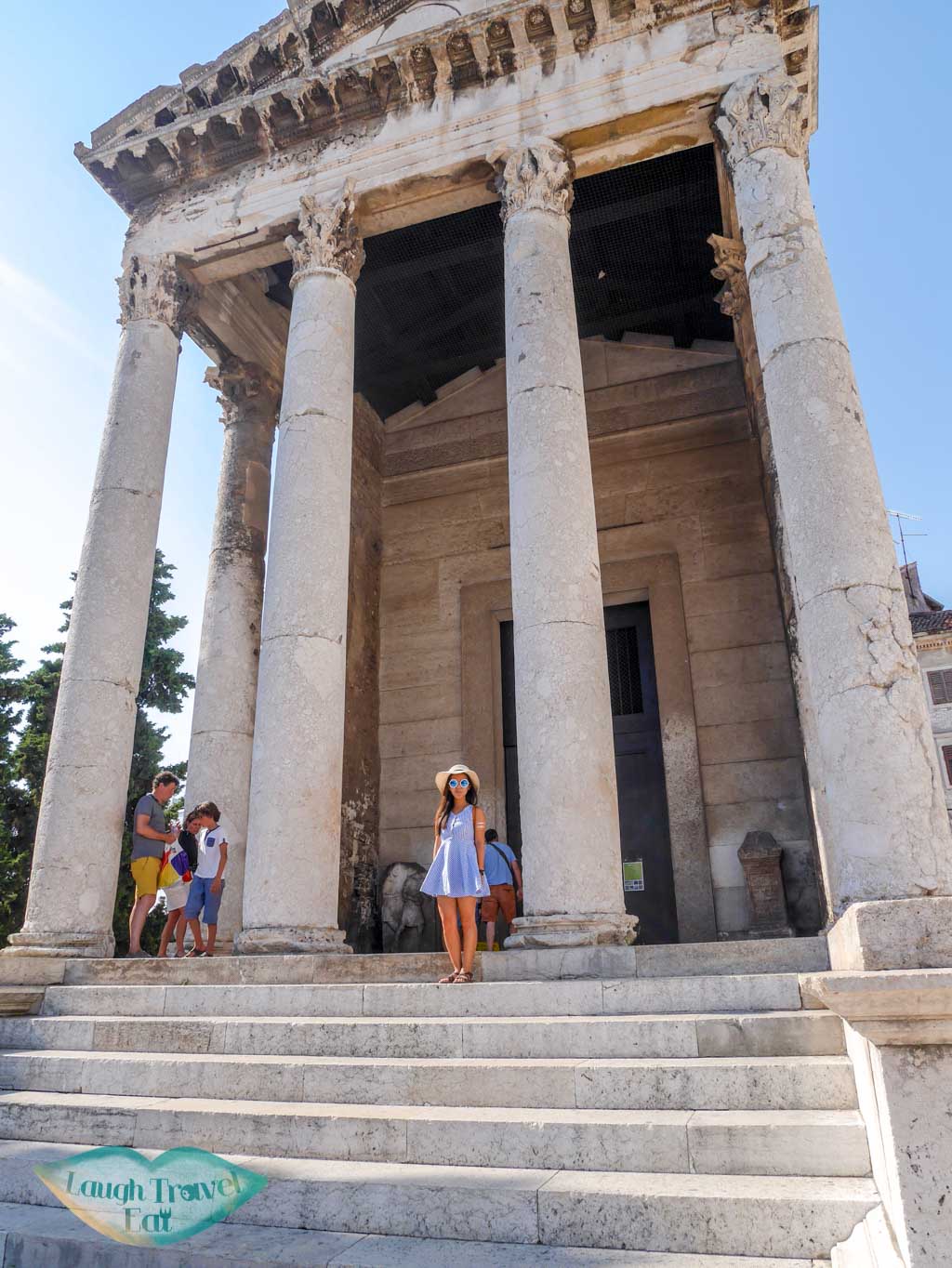
With gleaming white marble stairs leading up to the porch, the temple has a regal feeling with the 17.3m Corinthia columns as well as he triangular firenz. The interior is small and house a small exhibit that wouldn’t be of interest to anyone who doesn’t study classical architecture.
Address: Forum b.b., 52100, Pula Croatia
Opening times: Mon – Fri 9:00 – 22:00; Sat – Sun 9:00 – 15:00
Entrance fee: 10kn for adults, 5kn for concessions and children
Pula Kastel

Situated at the Pula Hill top (34m), the Kastle of Pula is a 17th century fortress built by the Venetians that had been modified a few times; although signs of an earlier fort by the pre-Roman civilization Histri was found on the same site. This grey, rectangular structure overgrown by grass apart is now home to the Historical Museum of Istria; and if you are not a fan of exhibits, you can walk around and admire what is left of the walls and climb atop the lighthouse for the view of the city. Interestingly, the castle is the shape of a star from a bird’s eye view.

Address: Kastel Hill, Gradinski uspon 6, Pula 52100, Croatia
Opening times: 15/06 – 15/09 10:00 – 22:00 daily
Entrance fee: 20kn for adults, 10kn for concessions and children
Cathedral of Pula

Not far from the Temple of Augustus is the Cathedral of the Assumption of the Blessed Virgin Mary, it is a Roman Catholic Church and co-cathedral of Pula along with Euphrasia Bascilica.
Believed to have built atop the Jupiter Conservator as well as a thermal bath in Roman times, it had become Christian ground since the 4th century AD. The current church is an expansion of the 5th century structure, and the baptistery rebuilt in the 17th century after the original was destroyed. The church interior is simplistic and bathed in an eerily green light, and is home to King Solomon of Hungary and St Flora.
Address: Trg Svetog Tome 2, 52100, Pula Croatia
Opening times: daily 10:00 – 18:00 except during service
Entrance fee: free
Pula Old Town
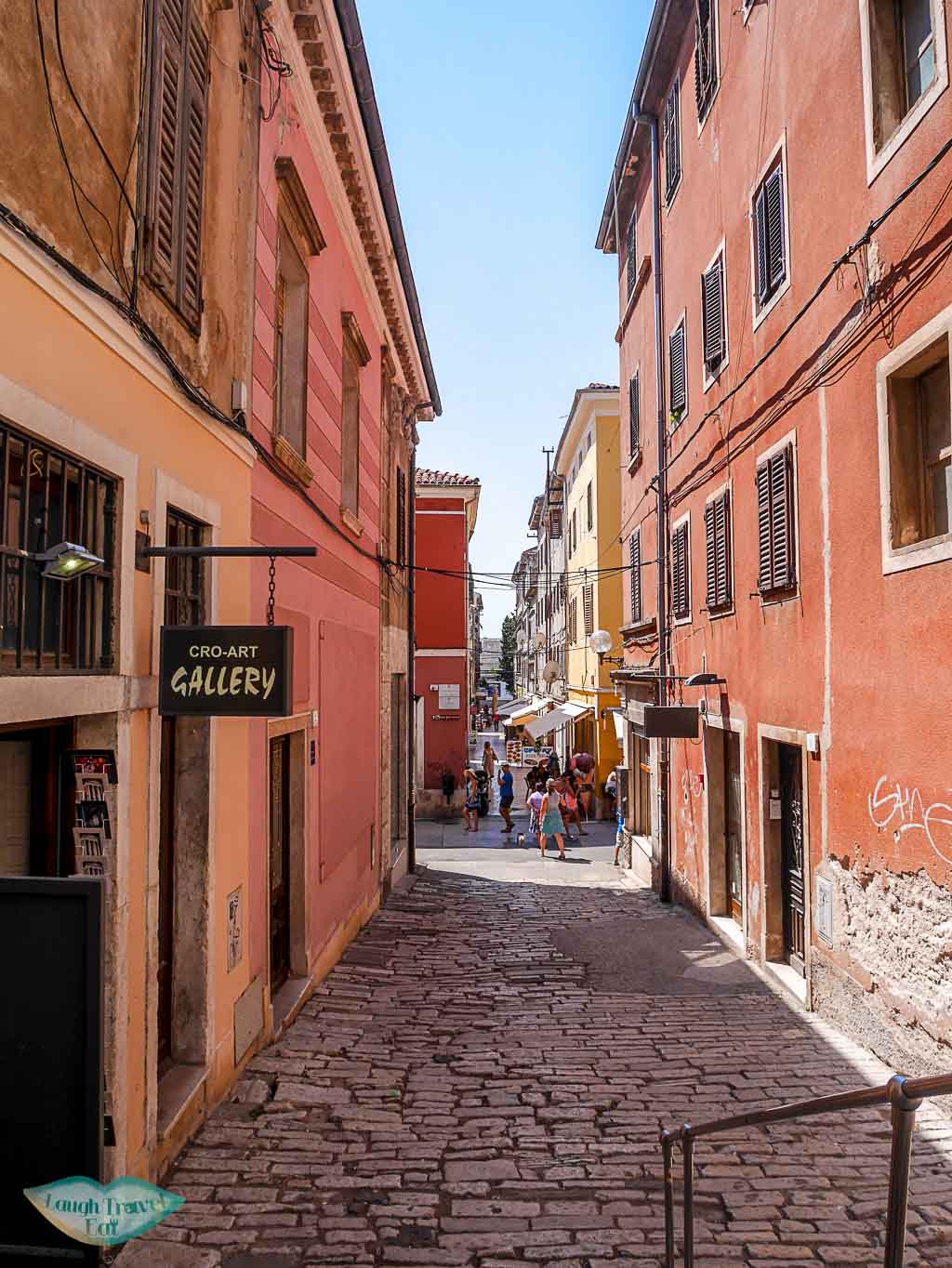
The Old Town of Pula is the area around the Triumphal Arch of Sergis and the Castle. It had been inhabited since the Roman times, it includes almost all of the sights and is full of little alleys and colourful buildings.
It’s worth wandering around to admire the quaintness and grab a pastry or ice-cream.
Pula Small Roman Theater

A ruin to a tee, the Small Roman Theater is just below the Kastel and is the smaller of two Roman theaters. Though in neglect, you can still see the semi-circular structure clearly and it makes for a nice walk and visit to appreciate its history. Besides, it’s admission free.
Address: Crarina Ulica 3 Pa 5210, Croatia
Opening times: n/a
Entrance fee: free
Flanaticka Street, Pula
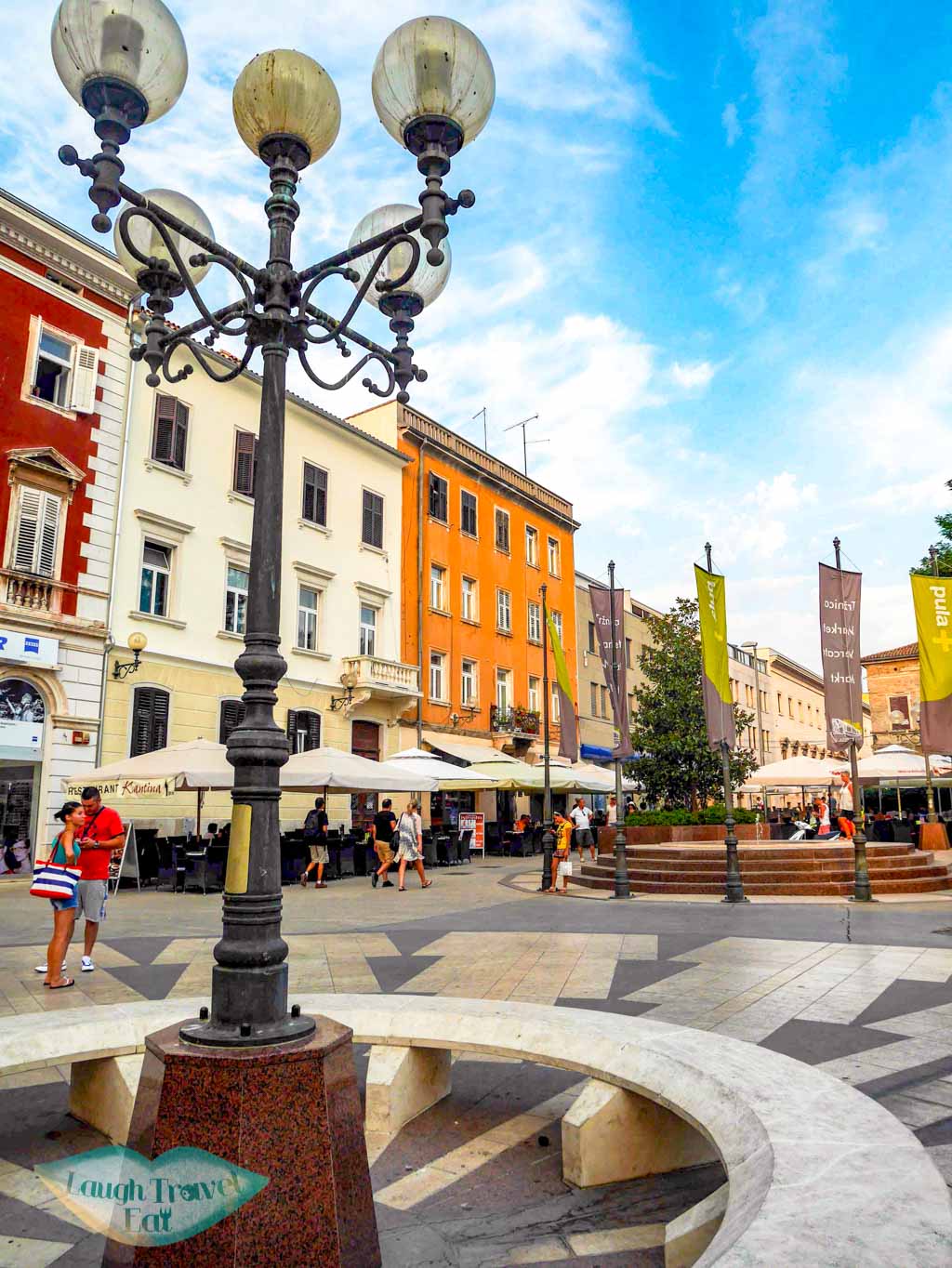
A little distance from the historical center, it’s a modern and spacious street that leads away from the Triumphal Arch of Sergius. It’s the place to go if you want to visit some high street shops or restaurants. Not to mention it’s a pretty street all by itself.
Twin Gate
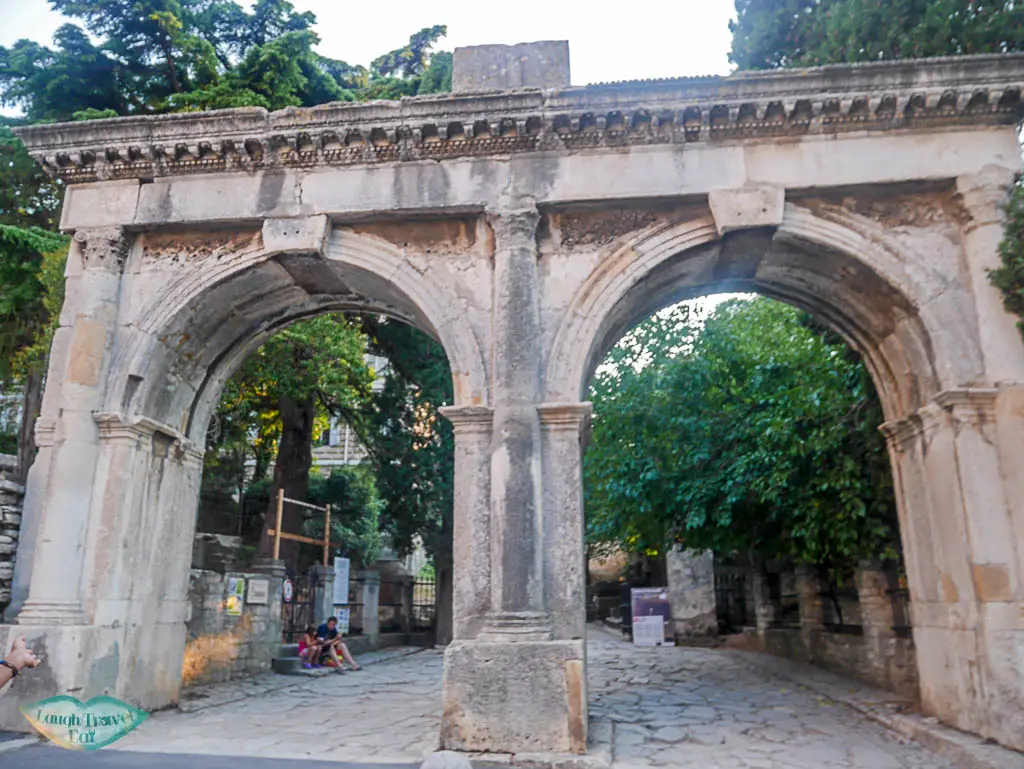
Also called Porta Gemina (because Romans), the Twin Gate were part of the city wall that no longer exists due to the expansion of the town. They were built around 2 or 3 century AD and one of the ten gates that allowed people to enter the city.
Verudella
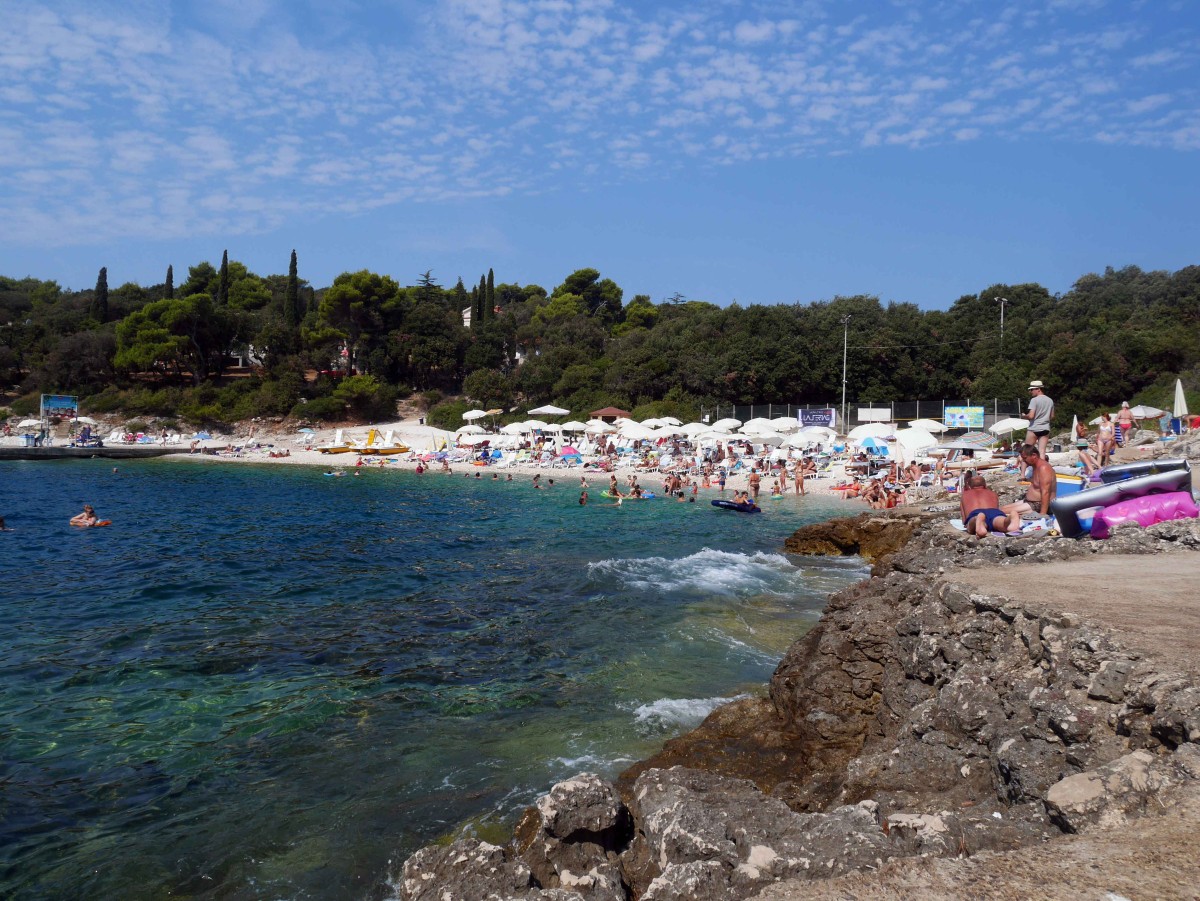
If you fancy some beach time and doesn’t want to go far, then Verudella is the place to go. To get there, you take bus 2a and get off at the car park of the resort, and at the same stop, you get the bus 3a back to Pula town center.
It’s a tourist resort, but the beach there is open to the public; so you can easily spend a day there sunbathing or swimming, with the added bonus of there having a supermarket.
Pula Restaurants
Mlinar

A chain pastry store that sells some delicious, local pastries and bread – it’s the perfect place to eat for budget travellers or those who are in a hurry. There’s one not far from The Triumphal Arch of Sergius.
City Old Bar

Situated in a square with a pretty fountain, City Old Bar has a nice ambiance as well as free WiFi that drew us immediately closer. The menu was cheap and choices good, although the food wasn’t as good as some other Croatian Restaurants I have been. A Mojito and Spaghetti seafood costs 50kn each.

Address: pro. Kod Zdenca 4, 52100, Pula Croatia
Opening times: Mon – Sat 7:00 – 02:00; Sun 7:00 – 0:00
Pula Accommodation
Budget: Be in the center of actions with Downtown Apartments Pula or City Center Arena Apartments
Mid-range: Hotel Amfiteatar is by the Roman Amphitheater with stylish room and buffet breakfast. Kastel Garten is in the city center with a private garden and parking.
Splurge: Centrally located with modern and boutique rooms, Porta d’Oro rooms is a great choice. If you are in a large group and want to find an apartment, consider Apartment Kandler 01.

Pin me! 

Pin me! 
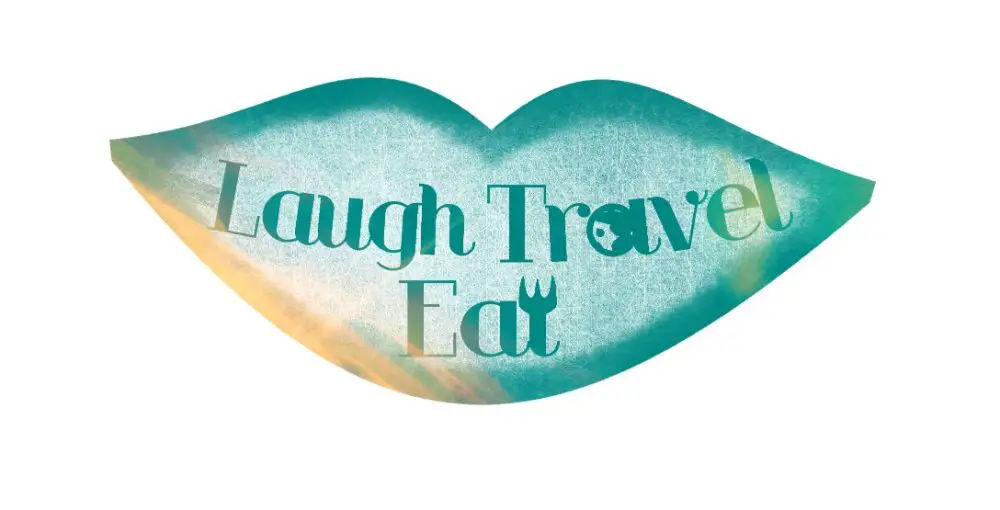

 中文 (香港)
中文 (香港)













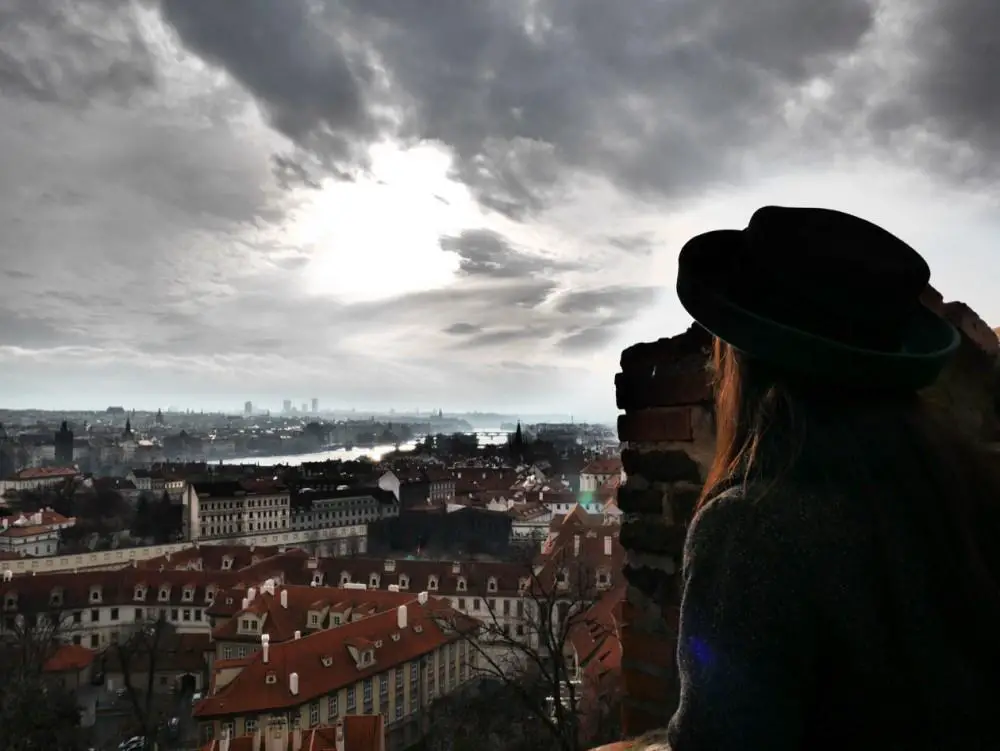


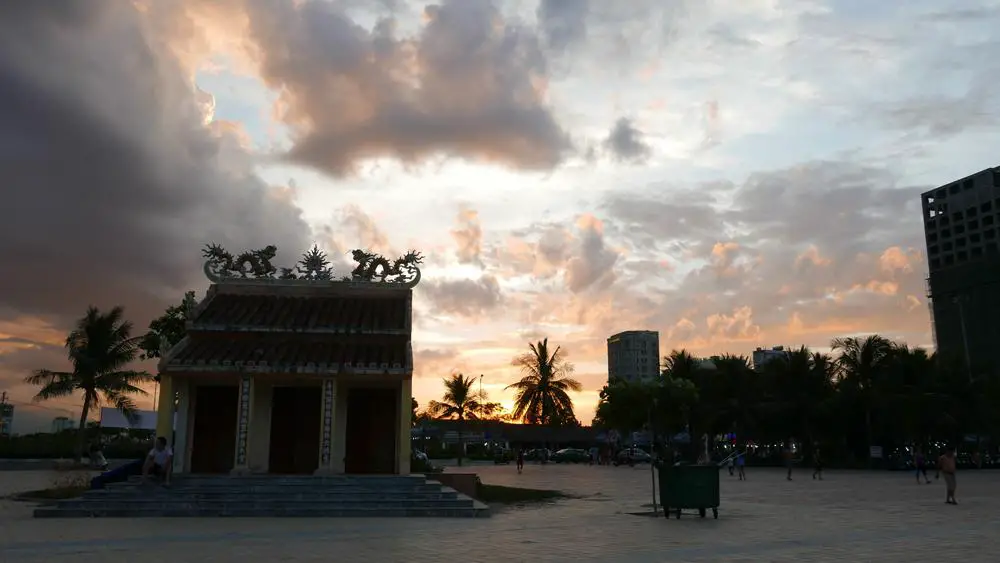











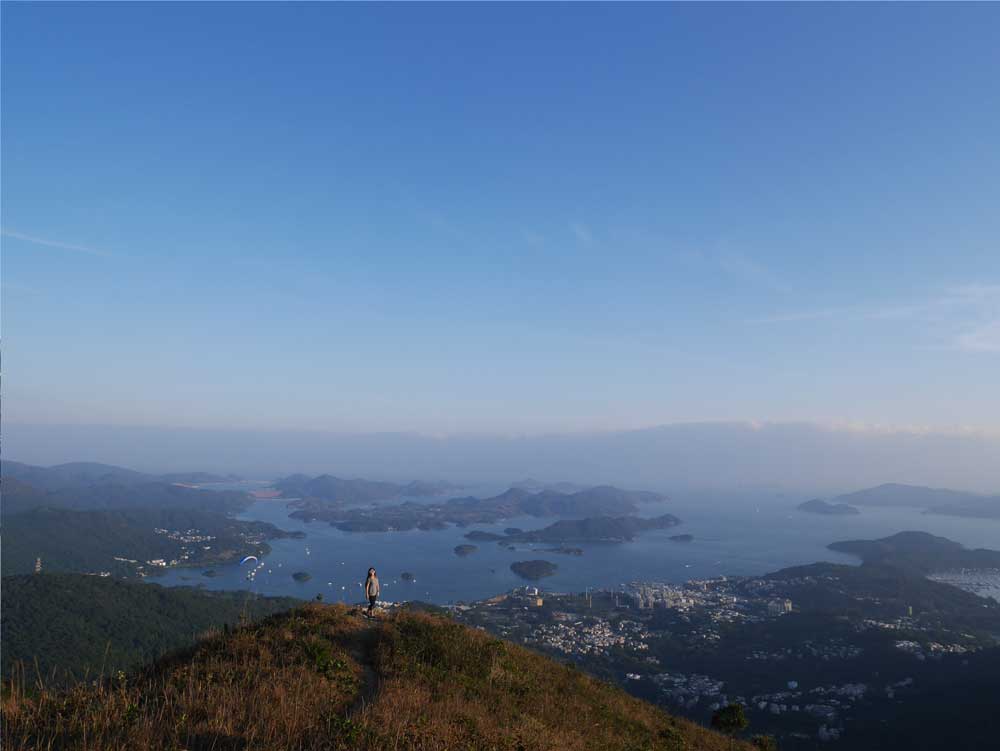

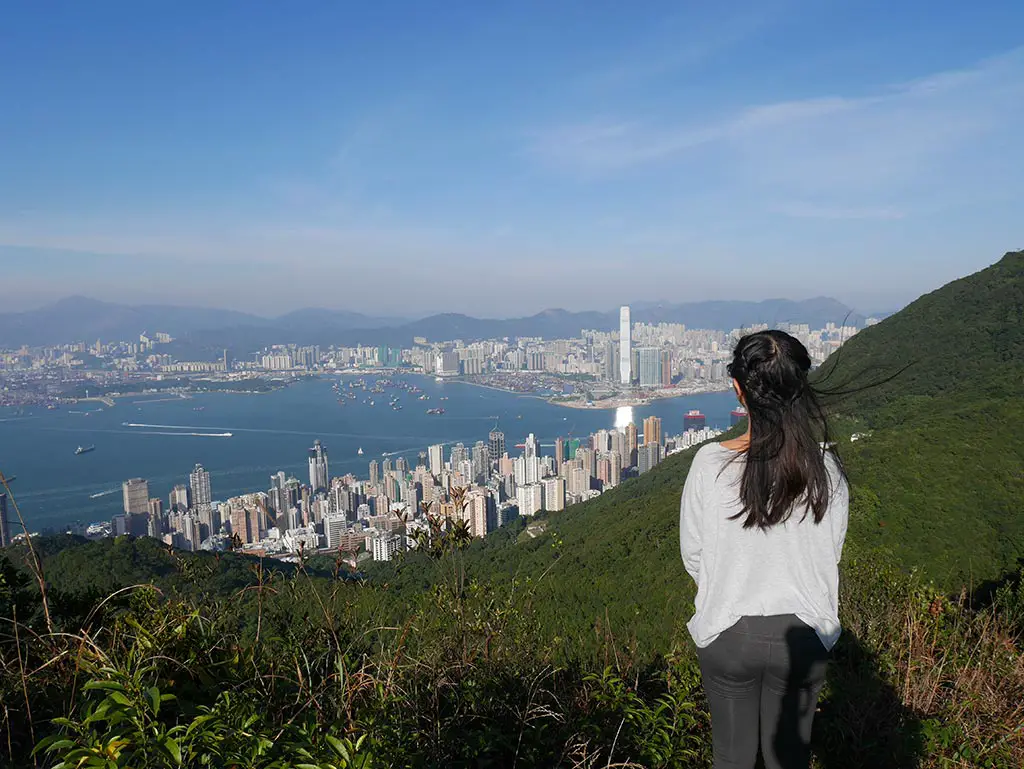

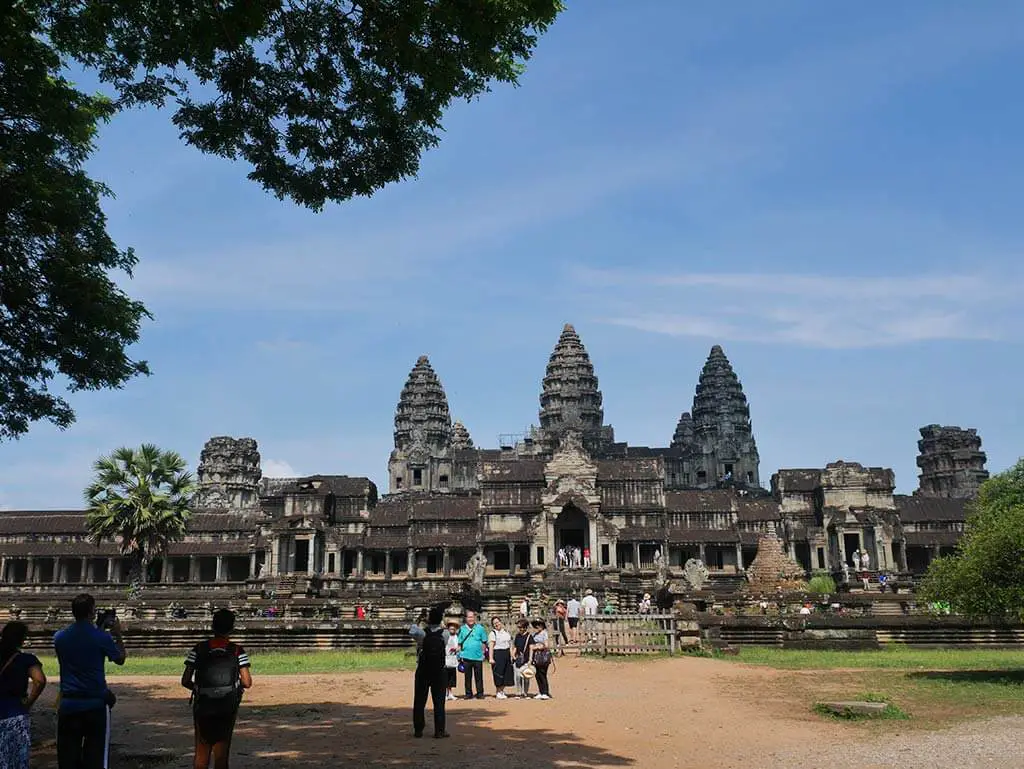
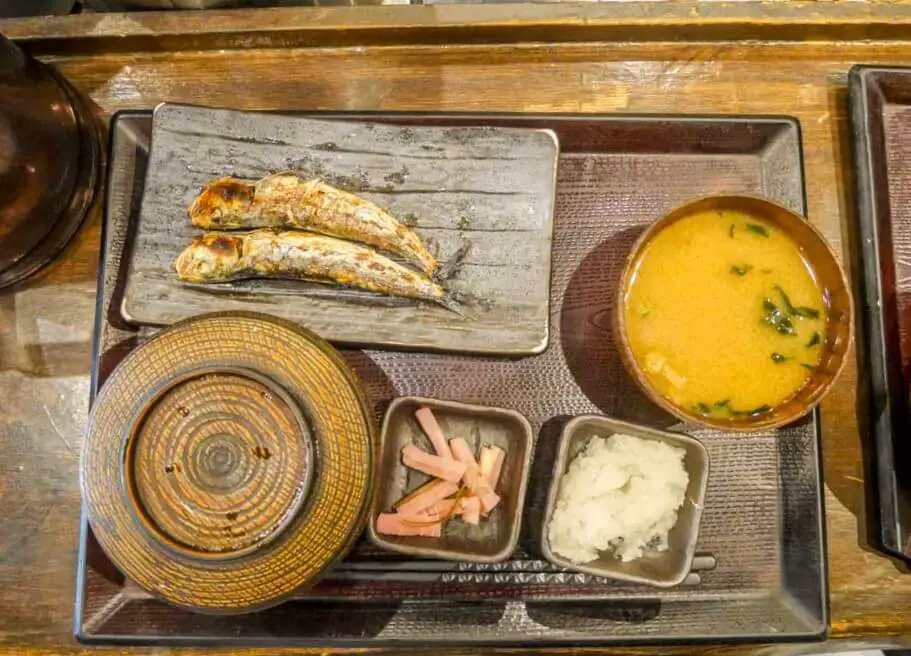

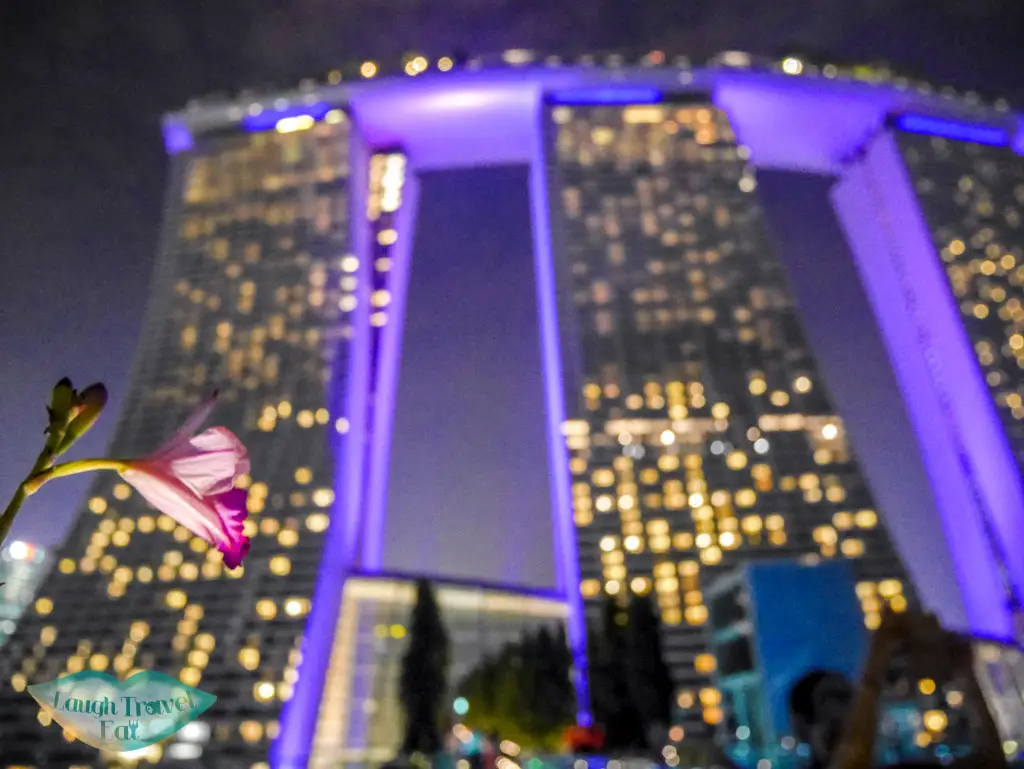
We stopped in Pula during a recent cruise. Looks like we missed a lot beyond the Coliseum. Thanks for the post!
Very informative!
And very refreshing to see such posts in the middle of the winter!
Thank you 🙂 I am just really slow at writing up all my summer adventures 😛 glad you like it!
Pingback: The Ultimate Guide to Ljubljana, Slovenia | Laugh Travel Eat
Hi,
Thank you so much for the Pula Guide. Like you, I get to know of Pula because of the Amphitheater.
Can I ask how you travel to this place? I don’t have any plan to drive while in Croatia
Hi Bee,
We flew straight to Pula airport, however, there are a lot of buses that can take you around Croatia. Here’s a link to a useful information: https://www.buscroatia.com/
Hope this helps!
Nam
Pingback: 10 Things to Do in Pula Croatia | Savored Journeys